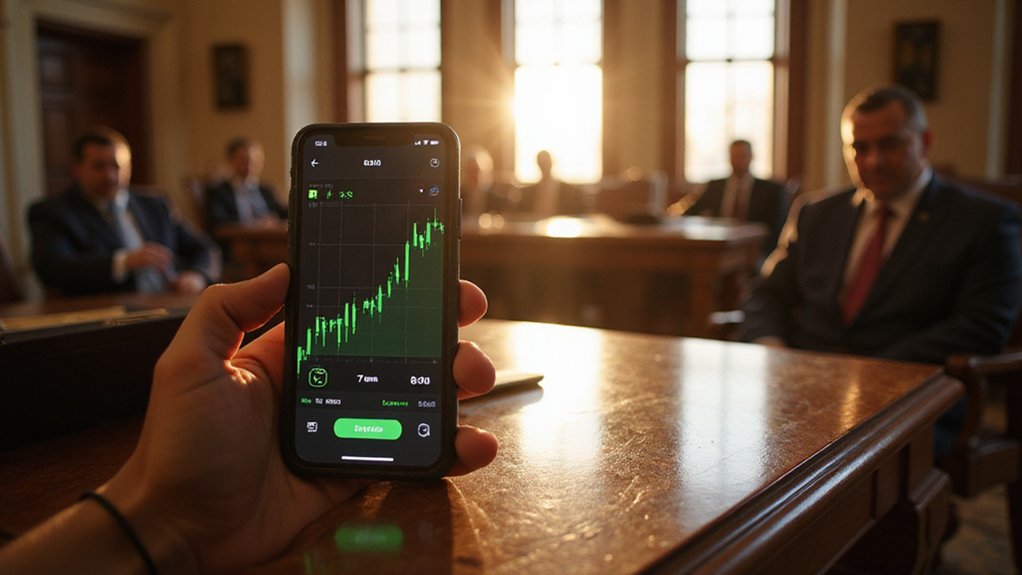While the House of Representatives crafted its Digital Asset Market Clarity Act with the meticulous precision of a Swiss watchmaker—defining everything from “decentralized finance messaging systems” to the nuanced role of “associated persons”—the Senate Banking Committee has taken a decidedly different approach in its July 22nd crypto market structure draft bill.
Rather than attempting to capture lightning in regulatory bottles, senators have opted for what might charitably be called strategic ambiguity, deferring detailed DeFi definitions to future rulemaking.
This divergence in legislative philosophy reflects a fascinating tension between regulatory certainty and technological flexibility. The House’s granular approach offers clarity but risks ossifying rapidly evolving protocols into legislative amber. The Senate’s deference to regulators, while maintaining operational breathing room for innovation, leaves developers maneuvering an uncertain compliance landscape—a particularly acute concern given the DeFi Education Fund’s vocal advocacy for technology-neutral frameworks.
The provisional registration regimes established for digital commodity brokers, dealers, and exchanges represent perhaps the most pragmatic element of this legislative ballet. These temporary licenses acknowledge the industry’s need for regulatory legitimacy while regulators construct thorough oversight mechanisms.
It’s regulatory scaffolding for an emerging financial architecture that defies traditional categorization.
The proposed certification process for token classification adds another layer of procedural complexity, allowing projects to clarify their securities status before market launch. This preemptive approach could prevent the regulatory whiplash that has characterized crypto enforcement, though it raises questions about bureaucratic efficiency and regulatory capture. The Senate framework establishes that the SEC can rebut these self-certifications within 60 days, providing a clear timeline for regulatory review. The harmonization process between House and Senate bills will ultimately determine which regulatory approach prevails in final legislation.
The DeFi Education Fund’s August 5th comment deadline represents a significant inflection point. Their emphasis on protecting decentralized governance systems and community-led projects highlights the fundamental challenge facing lawmakers: how to regulate decentralized systems without inadvertently centralizing them through compliance requirements. Many DeFi protocols rely on smart contracts that execute automatically without intermediaries, making traditional regulatory oversight particularly complex.
The division of oversight responsibilities between the SEC and CFTC, coupled with provisions allowing bank holding companies into authorized crypto activities, signals institutional integration while maintaining traditional regulatory boundaries.
Whether this framework can preserve DeFi’s revolutionary ethos while satisfying institutional risk management remains the billion-dollar question—quite literally, given the sector’s market capitalization.









